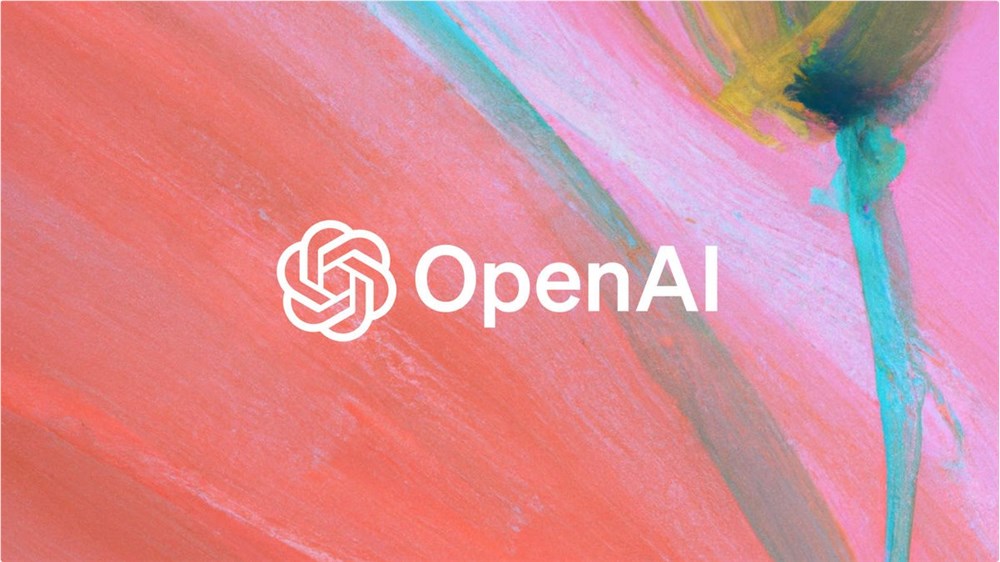OpenAI is undergoing a major structural change, planning to transform from a non-profit organization to a fully for-profit enterprise, and is spending huge sums of money to do so. This move is aimed at ensuring its long-term development and technological innovation, but it also raises concerns about its future development model. This transformation is subject to time constraints, and OpenAI needs to be completed within two years, otherwise the huge financing will turn into debt. This article will analyze in detail the reasons, processes and possible impacts behind OpenAI's transformation.
According to the New York Times, OpenAI is undergoing a major transformation and plans to change its governance structure from a non-profit organization to a fully for-profit enterprise. At the heart of the change is Open's plan to pay its nonprofit parent billions of dollars in exchange for giving up control.
The move comes at a time of pressure for OpenAI, as the company needs to complete this structural change within two years or else the $6.6 billion in its latest financing will turn into debt.

Brett Taylor, chairman of OpenAI's board of directors, said at the Axios AI + Summit in San Francisco: "We have both non-profit and for-profit parts in our corporate structure, and we are considering how to reconfigure it." This stance shows OpenAI's commitment to future development thoughtful and active exploration.
OpenAI was founded in 2015 as a non-profit organization co-founded by several artificial intelligence researchers and entrepreneurs. However, as the corporate goals expanded and funding needs increased, OpenAI decided to transform into a for-profit company in 2018 so that it could attract more investment while still being overseen by a non-profit board of directors. Although this change solved the funding problem, it also triggered a rethinking of its governance structure.
Today, OpenAI is at a critical juncture in its transformation. Discussions among board members and investors are intensifying, and plans are being advanced on how to successfully complete this structural change. If the deal is successfully concluded, OpenAI will be able to ensure the liquidity required for its long-term development and provide a solid guarantee for its future technological innovation.
As the market pays increasing attention to the field of artificial intelligence, every step taken by OpenAI has attracted widespread attention. The company is expected to continue to lead technological innovation into the future while maintaining its commitment to ethics and responsibility.
Highlight:
OpenAI plans to pay billions of dollars to nonprofits to transform its corporate structure.
⏳ The company needs to complete this transformation within two years or the financing will turn into debt.
Since its establishment in 2015, OpenAI has undergone multiple structural adjustments from non-profit to for-profit.
OpenAI's transformation has a profound impact on the field of artificial intelligence, and its future development deserves continued attention. The success of this transformation will be directly related to OpenAI’s future development and its leadership in the field of artificial intelligence. We expect OpenAI to balance commercial interests and social responsibilities while maintaining innovation.